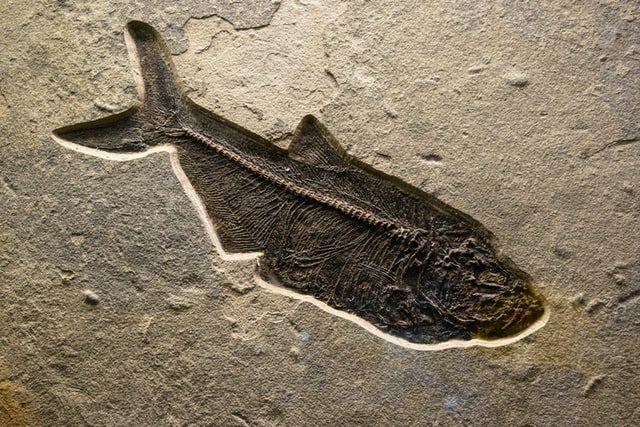Volcanic eruptions caused huge climatic shifts 252 million years ago, when the Earth was young. As a consequence, around 75% of all ground animals and over 90% of all marine species perished all across the world, according to estimates. A team of academics has now employed a new sort of learning algorithm to try to figure out what is causing the widespread loss of marine life in the seas. This was accomplished as the “machine” component of machine learning is often seen as a “black box,” but researchers have finally cracked into it and have discovered not only which creatures died extinct and which survived, but also why they did so in the first place. It was just reported in the journal Paleobiology where they presented their results.
The Permian mass extinction
The ending of the Permian period was marked by the most catastrophic mass extinction catastrophe in the history of the planet. A sequence of volcanic activity in Siberia 252 million years ago resulted in a tremendous emission of greenhouse gases into the atmosphere. Overall, during the course of many millennia, the global temperature warmed by around one degree centigrade. As a result, around 75% of all species on land were extinct, while approximately 90% of all animals in the waters became extinct as well.
The study
Because the team was able to determine the way in which the extinct marine species originally lived, they were able to establish a clear relationship between their demise and the subsequent climatic changes: dropping oxygen levels in the sea, increasing water temperatures, and, very probably, ocean acidification.
Primarily, the team examined well over 25,000 files on 1,283 fossil marine species genus such as bivalves, sponges or algae, as well as crustaceans from the area of South China, all of which had mineral skeletons or shells. The organisms studied included bivalves, snails, sponges, algae, and crustaceans. Because their fossilized remnants can be identified using a particular technique, they may provide information on marine ecosystems that have existed for millions of years. Also used was a large database that had more information on the many ecological features of how these species lived, which the researchers drew from.












Leave a Reply